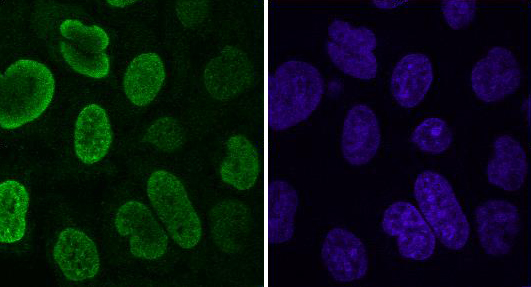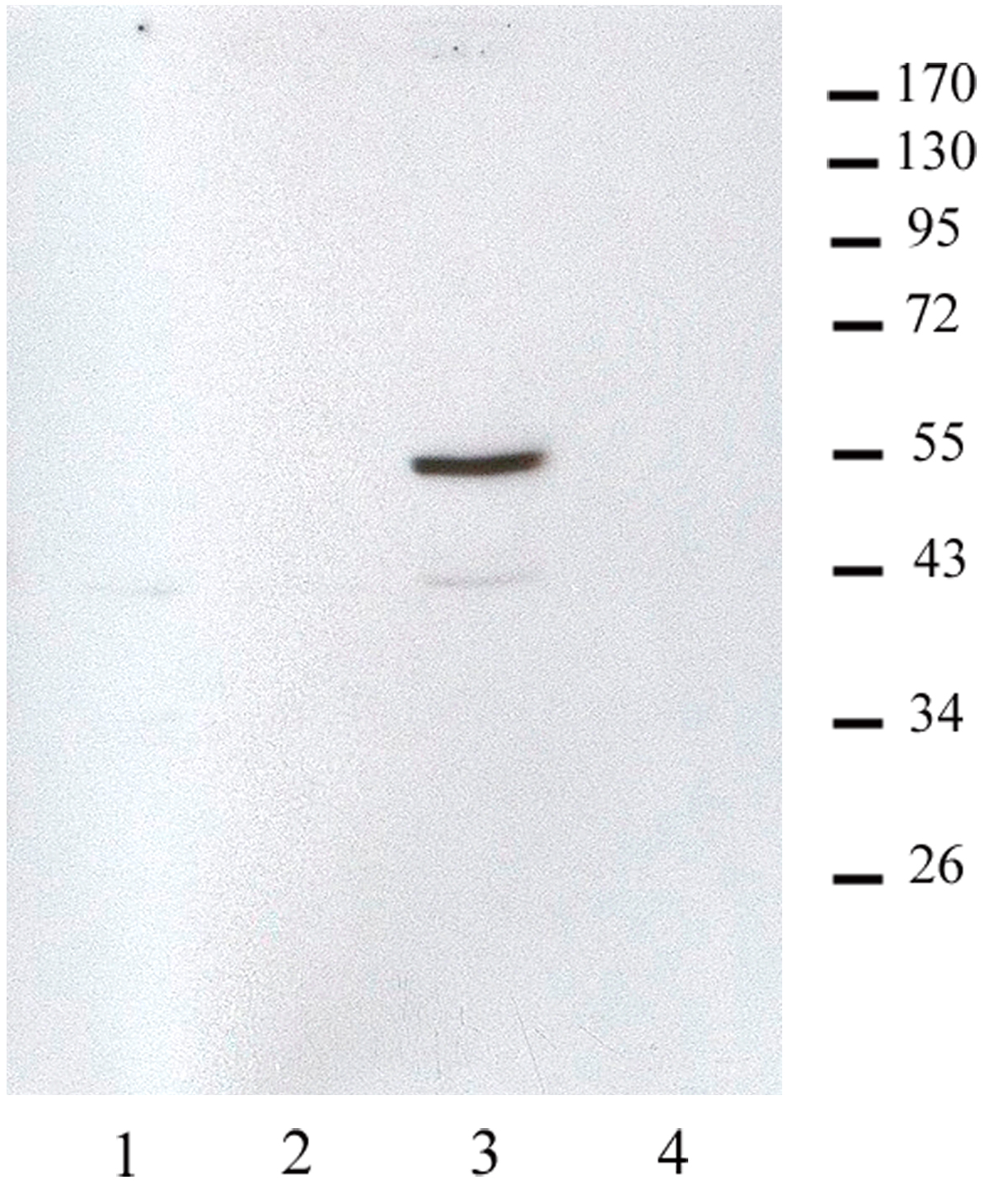Histone macroH2A1.2 antibody (mAb) (Clone 14G7-H9)
Host / Isotype
Mouse / IgG2b
Reactivity
Human
Applications
ICC, IF, IHC, WB
CloneNo.
14G7-H9
Cat No : 61427,61428 61427
Synonyms
Validation Data Gallery
Product Information
| Tested Applications |
ICC, IF, IHC, WB
Applications Validated by Active Motif: WB: 1:300 - 1:1,000 dilution ICC/IF: 1:50 - 1:200 dilution |
| Tested Reactivity | Human |
| Host / Isotype | Mouse / IgG2b |
| Class | Monoclonal |
| Type | Antibody |
| Immunogen | Recombinant protein corresponding to amino acids 198-228 of human Histone macroH2A1.2. |
| Full Name | Histone macroH2A1.2 antibody (mAb) (Clone 14G7-H9) |
| Synonyms | Histone macroH2A1.2, Histone, H2A, H2A Histone Family, Member Y, H2AF12M, MacroH2A1.2, H2AFJ, Histone H2A.Y, MACROH2A1.1, Histone MacroH2A1, Core Histone Macro-H2A.1, Histone MacroH2A1.1, H2A/Y, MH2A1, MACROH2A1, H2A.Y1, western blotting, immunofluorescence, immunohistochemistry, antibody, monoclonal, mAb, sample |
| Molecular weight | 40 kDa |
| GenBank accession number | NP_613258 |
| RRID | AB_2793631 |
| Purification Method | Ascites |
| Buffer | Ascites containing 30% glycerol and 0.035% sodium azide. Sodium azide is highly toxic. |
| Storage | Some products may be shipped at room temperature. This will not affect their stability or performance. Avoid repeated freeze/thaw cycles by aliquoting items into single-use fractions for storage at -20°C for up to 2 years. Keep all reagents on ice when not in storage. |
Background Information
Histone macroH2A1.2 is a histone H2A variant and one of the three members of the macroH2A family. The three macroH2A proteins contain the C-terminal 'macro' domain in addition to the H2A homologous region. This macro domain may bind poly ADP-ribose and other NAD+ metabolites. The macroH2A1.1 and macroH2A1.2 proteins are produced from alternatively spliced transcripts from the macroH2A1 gene while a second distinct macroH2A gene encodes macroH2A2. In mammals, macroH2A is preferentially localized to the inactive X chromosome and in general is proposed to play a role in repressing gene expression. In mice, macroH2A1 is required for the silencing of endogenous retroviruses.


